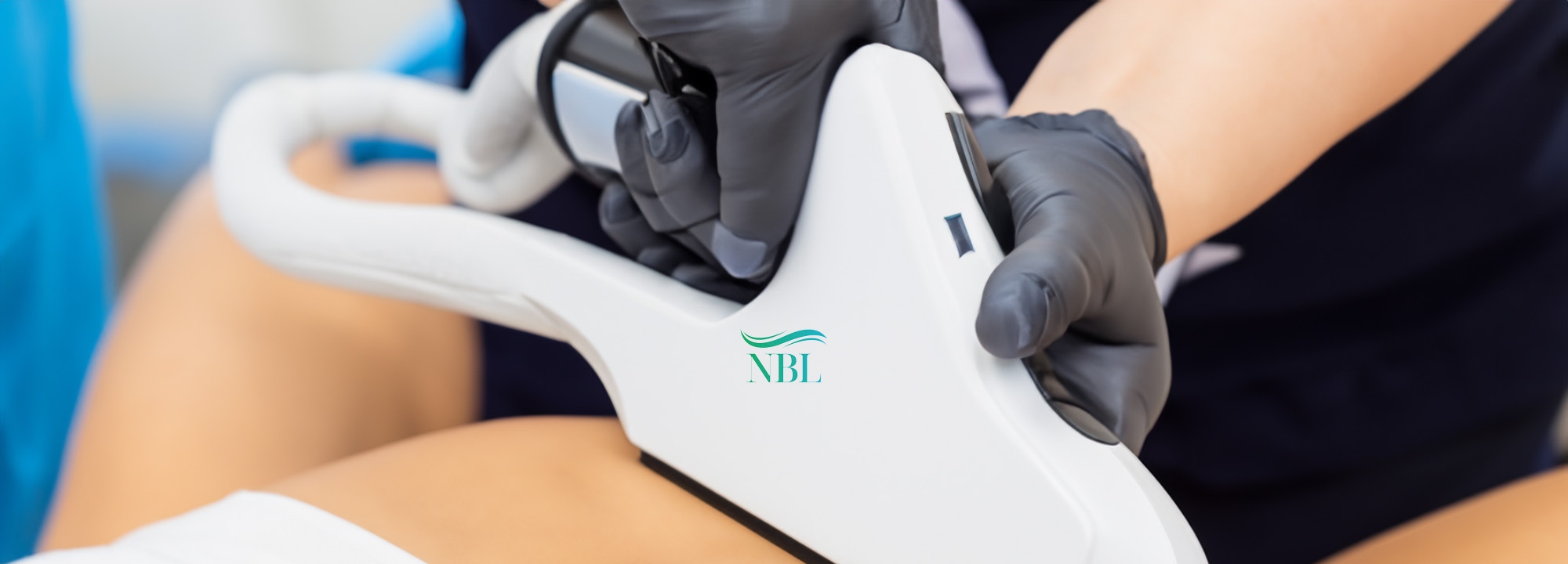PICO Laser Tattoo Removal Santa Rosa .
Understanding PICO Laser Technology
The PICO Laser, a significant advancement in dermatological treatments, stands at the forefront of skin rejuvenation and scar treatment technologies. Unlike traditional lasers, the PICO Laser operates using ultra-short picosecond pulses, a trillionth of a second in duration. This innovation allows for a more intense impact with less heat distribution, significantly reducing the risk of thermal damage to the surrounding tissues. The essence of PICO Laser lies in its ability to target the pigment and break it down into tiny particles, which are then naturally eliminated by the body. This process is effective in treating various skin issues, including pigmentation disorders, acne scars, and tattoo removal.
The effectiveness of the PICO Laser is not limited to its speed. The technology also employs a unique delivery method that enhances precision. By delivering energy in short bursts, the laser ensures that the targeted area receives intense treatment without affecting the surrounding skin. This precision is particularly beneficial in treating delicate areas, such as the face and neck, where accuracy is paramount. Moreover, the PICO Laser's ability to break down pigments into very fine particles makes it more efficient in clearing the skin than traditional lasers, which often require more sessions to achieve similar results.
The Versatility of PICO Laser Treatments
One of the most significant advantages of the PICO Laser is its versatility. It is adept at addressing a wide range of skin conditions. For instance, it is exceptionally effective in treating pigmentation issues like sunspots, freckles, and melasma. Its precision in targeting melanin makes it a preferred choice for patients seeking a non-invasive solution to these common skin concerns. Additionally, the PICO Laser is highly effective in acne scar treatment. Its ability to promote collagen production and skin renewal helps in significantly reducing the appearance of both atrophic and hypertrophic scars, leading to smoother, more uniform skin texture.

Furthermore, the PICO Laser is revolutionizing the field of tattoo removal. Traditional laser treatments for tattoo removal are often lengthy and painful, with varying degrees of success. In contrast, the PICO Lasers ability to shatter ink particles into much finer fragments allows for faster and more efficient removal of tattoos, including those with stubborn inks. This advancement has been a game-changer for individuals looking to remove unwanted tattoos with minimal discomfort and fewer sessions.
Benefits and Safety of PICO Laser Procedures
Safety and patient comfort are paramount in any cosmetic procedure, and the PICO Laser excels in these aspects. Its non-invasive nature and precise targeting minimize damage to the surrounding skin, reducing the risk of side effects like redness, swelling, and blistering. Patients typically experience minimal discomfort during the procedure, often described as a light snapping sensation on the skin. The recovery time is also significantly shorter compared to traditional laser treatments, with most patients able to resume their normal activities almost immediately.

Another remarkable benefit of the PICO Laser is its suitability for various skin types. Unlike some laser treatments that pose risks for darker skin tones, the PICO Laser can be safely used on a broader range of skin types with minimal risk of hyperpigmentation or hypopigmentation. This inclusivity makes it an accessible treatment option for a diverse patient demographic. Additionally, the rapid treatment time of the PICO Laser, often lasting only a few minutes per session, adds to its appeal for individuals seeking quick and effective skin treatments.
Conclusion: The Future of Skin Care with PICO Laser
In conclusion, the PICO Laser represents a leap forward in the field of cosmetic dermatology. Its unmatched precision, speed, and versatility make it a revolutionary tool in treating a wide array of skin conditions. From pigmentation disorders and acne scars to tattoo removal, the PICO Laser offers effective, safe, and quick solutions, aligning with the growing demand for non-invasive cosmetic treatments. As technology evolves, the PICO Laser is poised to remain at the forefront, continually enhancing the ways we approach skin care and treatment. With its growing popularity and proven results, the PICO Laser is undoubtedly shaping the future of dermatological treatments, providing hope and improved quality of life for individuals seeking to enhance their skin's health and appearance.
